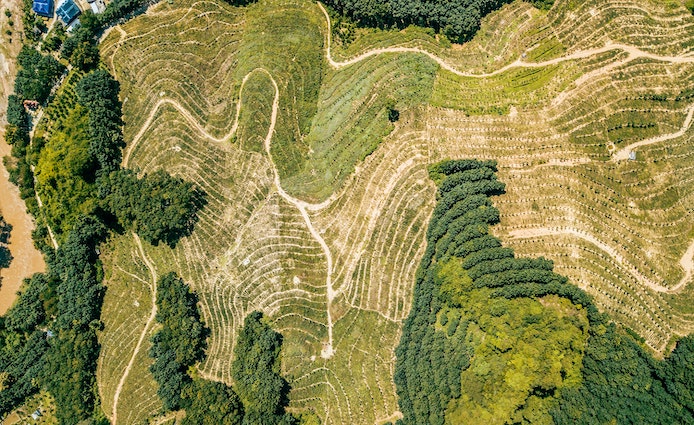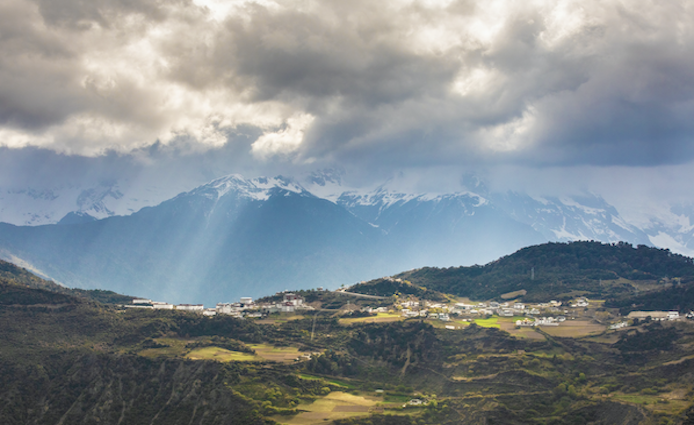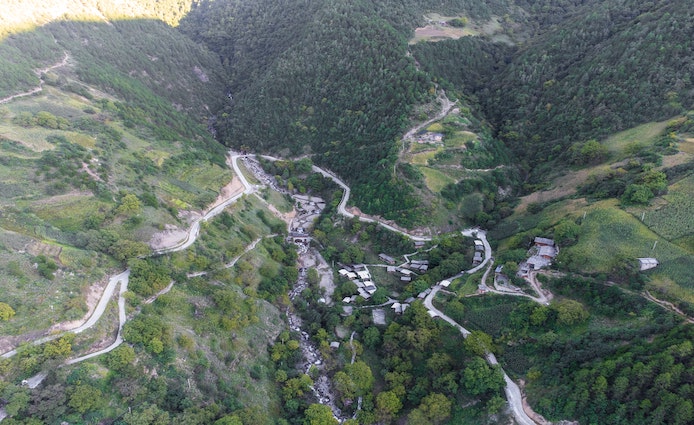
Biodiversity in the Hani Cultural Landscape (1)
Much of the Earth's land is now used for production of food, fiber and timber. Cropland and pasture together account for 38% of the world's land area. While forests cover another 30%, two thirds of that is used for forestry. Conservation of biodiversity must therefore go beyond the protected areas that account for only a small percentage of the earth and begin covering dominant forms of land use.

Although agriculture is often named as a major cause of biodiversity loss, many agricultural systems do embrace it, including through crop choice and also via management of land, water and biota as a whole. Relying upon acquired local knowledge, there are communities around the world that respect the limits and understand the secrets of their surroundings. Biodiversity helps farmers adapt to environmental uncertainty and constraints. When integrated with agricultural practices, biodiversity thus allows them to reap an enduring bounty.

The Hani cultural landscape
Yunnan is a mountainous province in southwest China that hosts impressive bio-cultural diversity. Many ethnicities in Yunnan embrace agrodiversity as part of living within the constraints of a mountainous geography. The Hani people, who are distributed in southwest China as well as some countries in mainland Southeast Asia, are among those. Most of the Hani in China live in the mountainous area between the upper Yuan-Red River in the north, and the upper Lancang-Mekong River in the south of Yunnan. The Hani in the northern part of this mountainous area have a long tradition of rice terrace agriculture. The local climate consists of a wet season from June to October and a dry season from November to May. The nursery and transplanting of rice seedlings take place in the latter part of the dry season and the early part of the wet season when the rainfall is unreliable.

The elevation of the Ailao Mountains, home to numerous Hani and other ethnic villages, ranges from some 100 meters in its deep valleys to some 3,000 meters. This huge topographical relief results in a vertical diversity of ecological zones — from tropical in the valleys, to subtropical, to temperate and finally, to alpine zones on the mountain top. The Hani proverb “Bush meat is hunted in the high mountain, rice cultivated in the low mountain, and children born in the middle mountain”, illustrates how the people have embraced vertical diversity through their traditional livelihoods.
Reference: Our World-by Luohui Liang under CC BY-NC-SA 3.0
Photo Resource: Unsplash
If there's any copyright issue involved, please contact us to delete.



